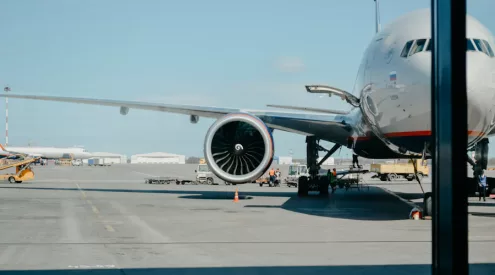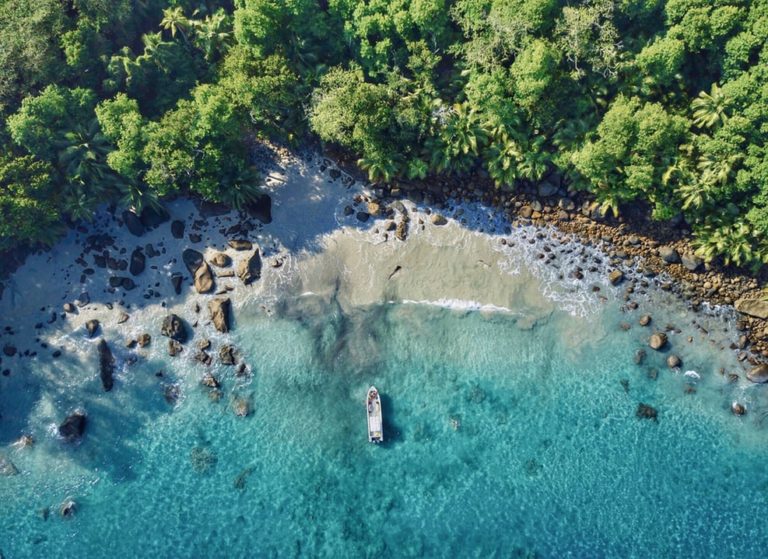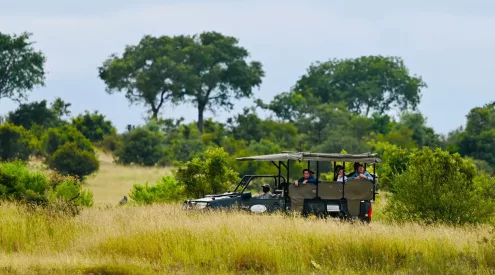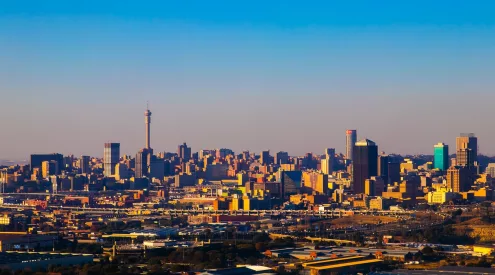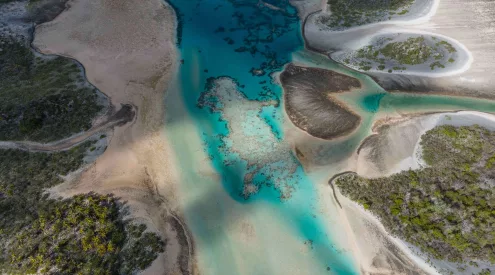While you won’t be able to travel there just yet, the Seychelles has reached its target of dedicating 30% of its ocean territory as marine protected areas (MPAs).
After signing a ‘debt-for-conservation deal’ in 2016, the government announced in late March 2020 that 13 new MPAs have been established, which are designed to strengthen the economy and protect the citizens’ livelihood and ecosystem.
The Seychelles is home to incredible wildlife including coral reefs, giant tortoises, dugongs, mantas and birdlife. This Indian Ocean archipelago consists of 115 islands and comprises landmass of 460km², but its ocean territory amounts to 1.37-million square kilometres. Thirty per cent of its waters are now protected, and 15% are considered high biodiversity areas which will exclude and restrict activity.
Island nations and archipelagos such as the Seychelles are particularly vulnerable to climate change and global warming, which causes a rise in sea levels and increases ocean water temperature. Its waters also form part of an exclusive economic zones, from which the country generates income from its fishing industry and tourism.
This is why conservation efforts and the likes of marine protected areas are so important.
That 30% amounts to double the size of Great Britain, and is a world first for debt management through ocean conservation.
The Seychelles has managed to swap a portion of its national debt in exchange for investment in conservation from US environmental organisation, the Nature Conservancy, under conditions that it reaches its 30% MPA target by the end of 2020.
Much like green bonds, where investors contribute to environmental causes, the Seychelles is the first nation to swap sovereign debt for conservation, using its blue bonds.
Check out the beautiful, turquoise Seychellois shores:
View this post on Instagram
View this post on Instagram
View this post on Instagram
View this post on Instagram

